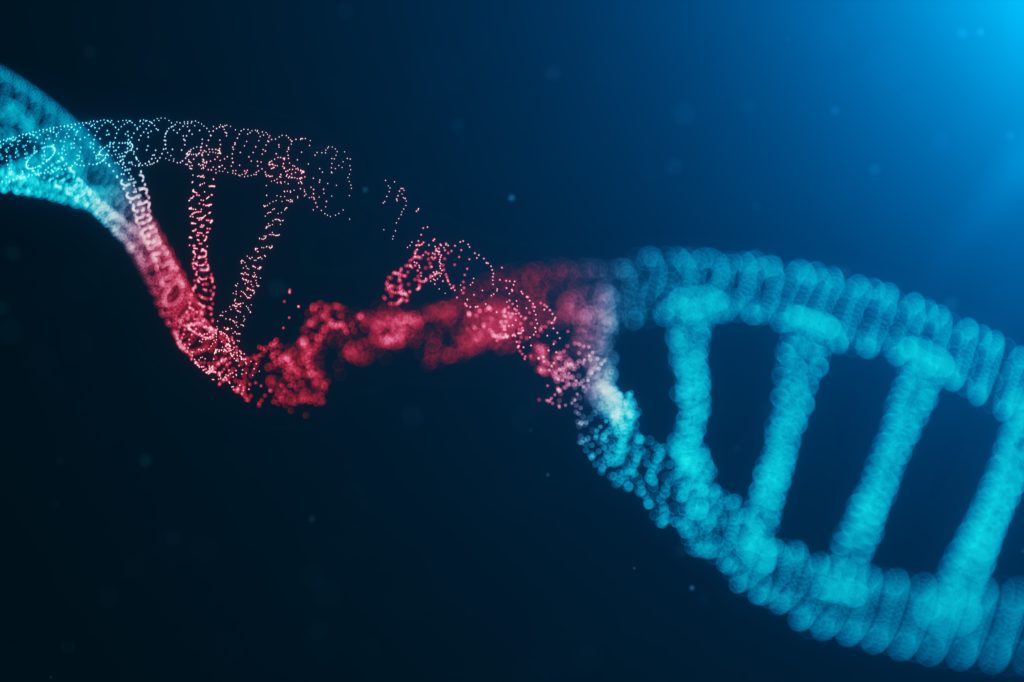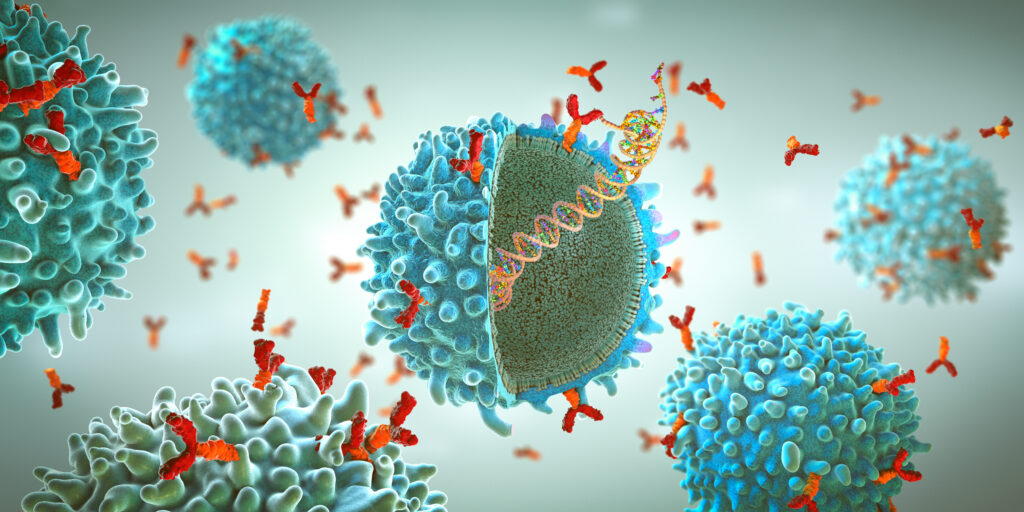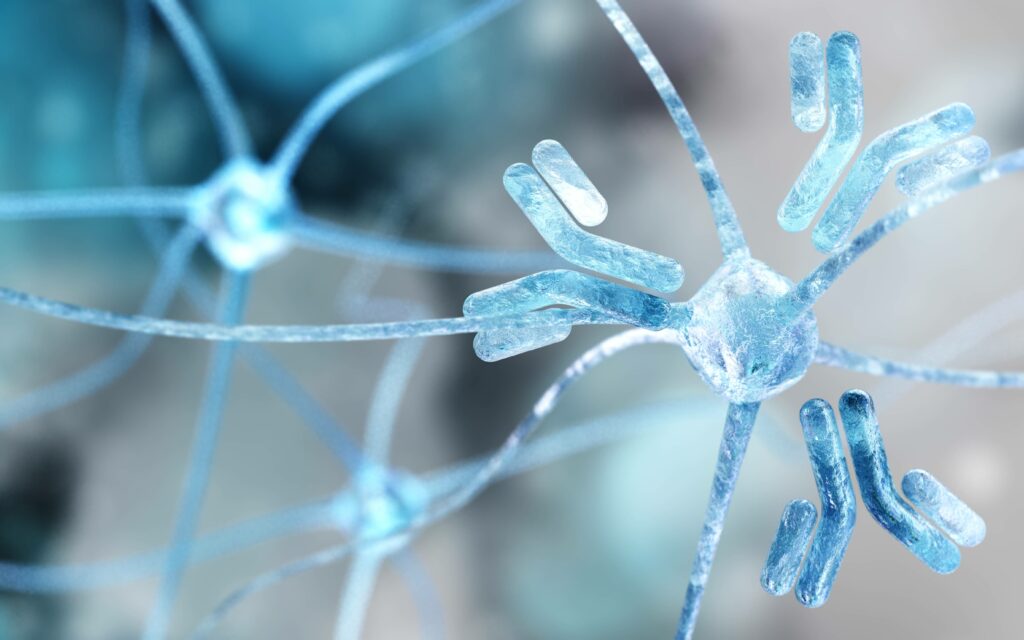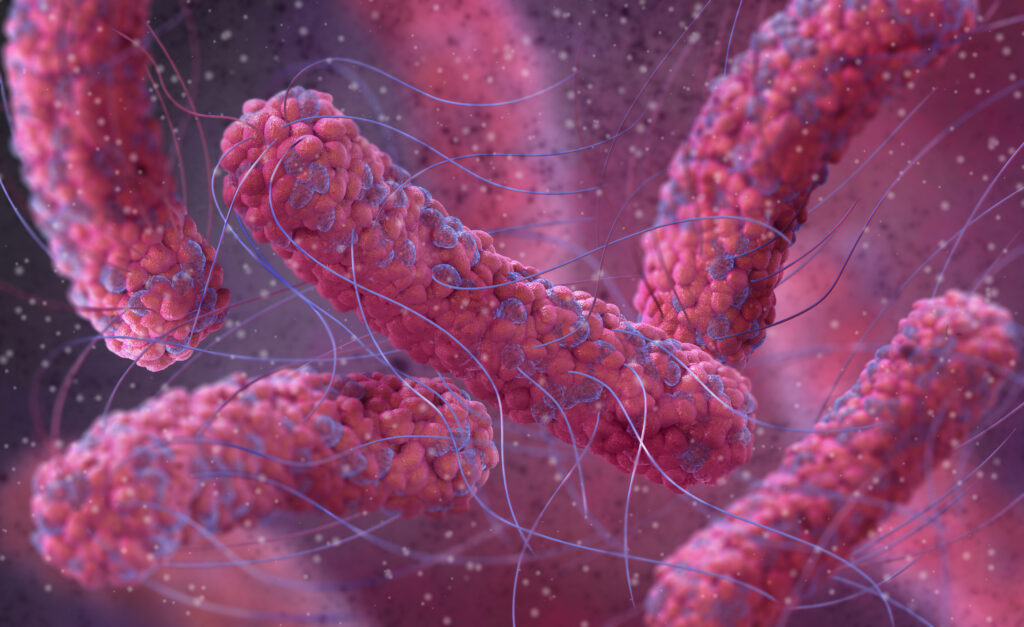
Waiting Longer for Two Mutations, Part 4
An interesting paper appeared several months ago in an issue of the journal Genetics, “Waiting for Two Mutations: With Applications to Regulatory Sequence Evolution and the Limits of Darwinian Evolution” (Durrett, R & Schmidt, D. 2008. Genetics 180: 1501-1509). This is the fourth of five posts that discusses it. Cited references will appear in the last post. Now I’d like to turn to a couple of other points in Durrett and Schmidt’s reply which aren’t mistakes with their model, but which do reflect conceptual errors. As I quote in a previous post, they state in their reply, “This conclusion is simply wrong since it assumes that there is only one individual in the population with the first mutation.” I have shown previously that, Read More ›







